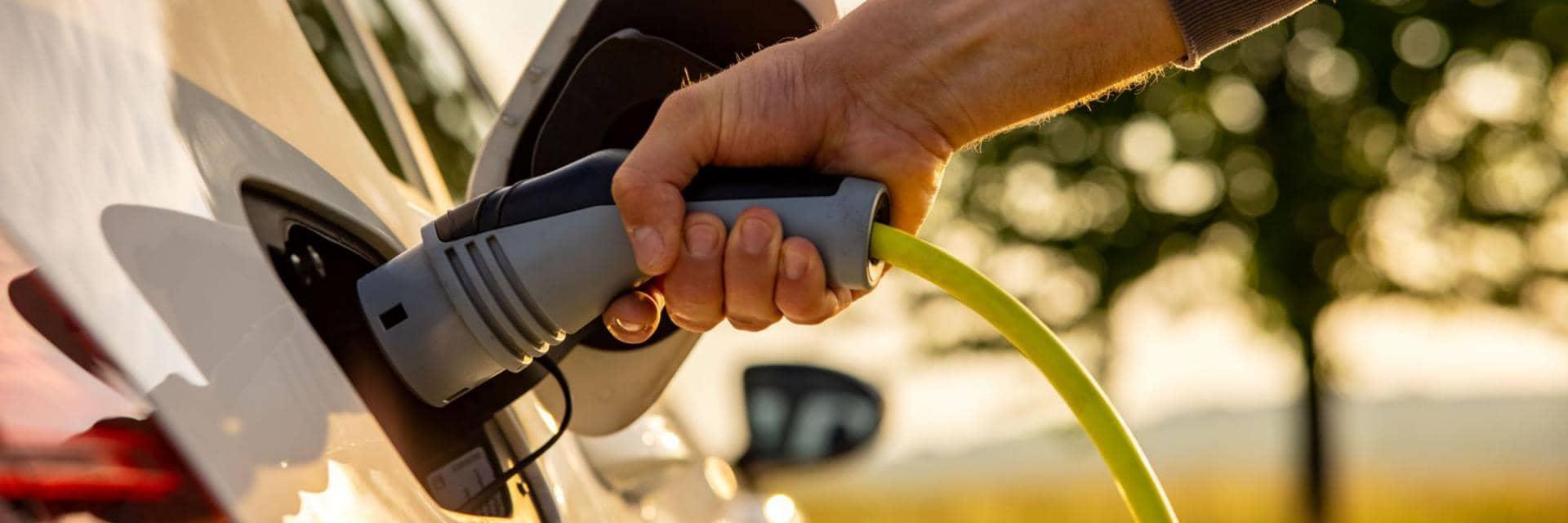How much does it cost to charge and how can I pay?
Public chargepoint costs vary across the country but you can expect to pay more for a faster charge. Whenever you use a public chargepoint, you’ll usually pay a standard connection fee, plus the charge for the amount of electricity your battery then consumes (shown as the price per kWh). Charging an EV at a public chargepoint for 10,000 miles per year could cost around £1,300.
There are more than 60 EV charging networks across the UK. In the past, many drivers had to download different smartphone apps or order RFID cards to pay for charges. To help make things easier, you can now sign up for one card or app to use across lots of different networks. For example, Octopus Electroverse gives you access to more than 650,000 public chargepoints across the UK and Europe. Whichever service you decide to use, make sure to do your own research and get in touch with the provider to get a full understanding of the benefits and savings.
All information is based on the most up-to-date research from Energy Saving Trust as of February 2024 and the UK government as of February 2024. This article isn’t advice and is for general guidance only. Always do your own research before taking any action. We’re not responsible for the content of the websites mentioned in this article.


